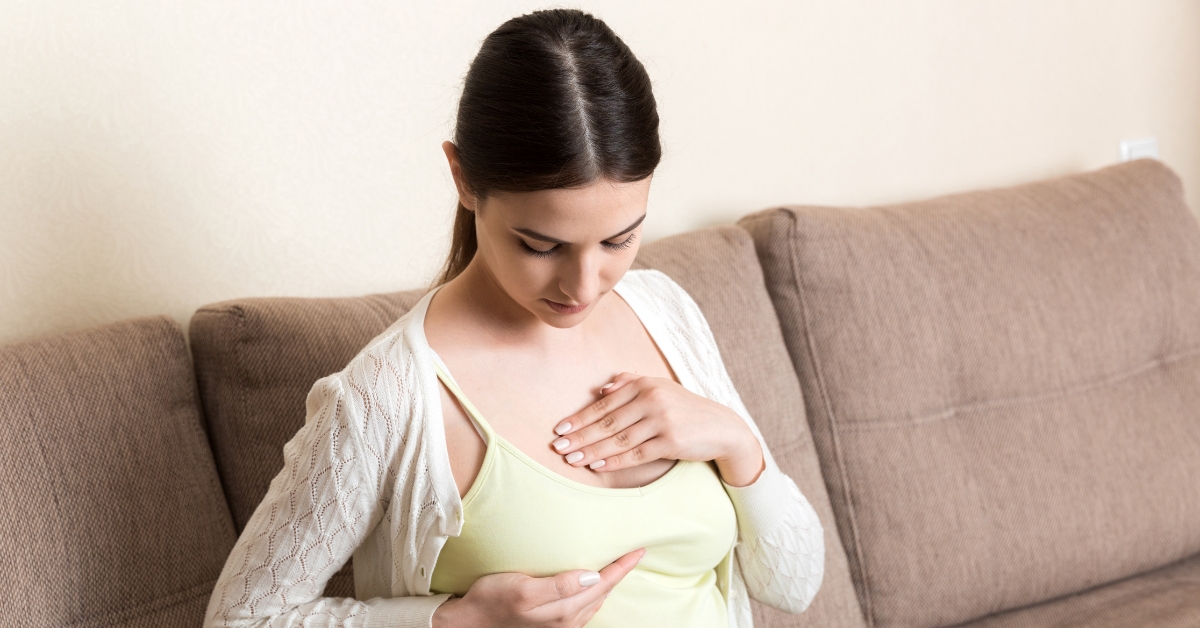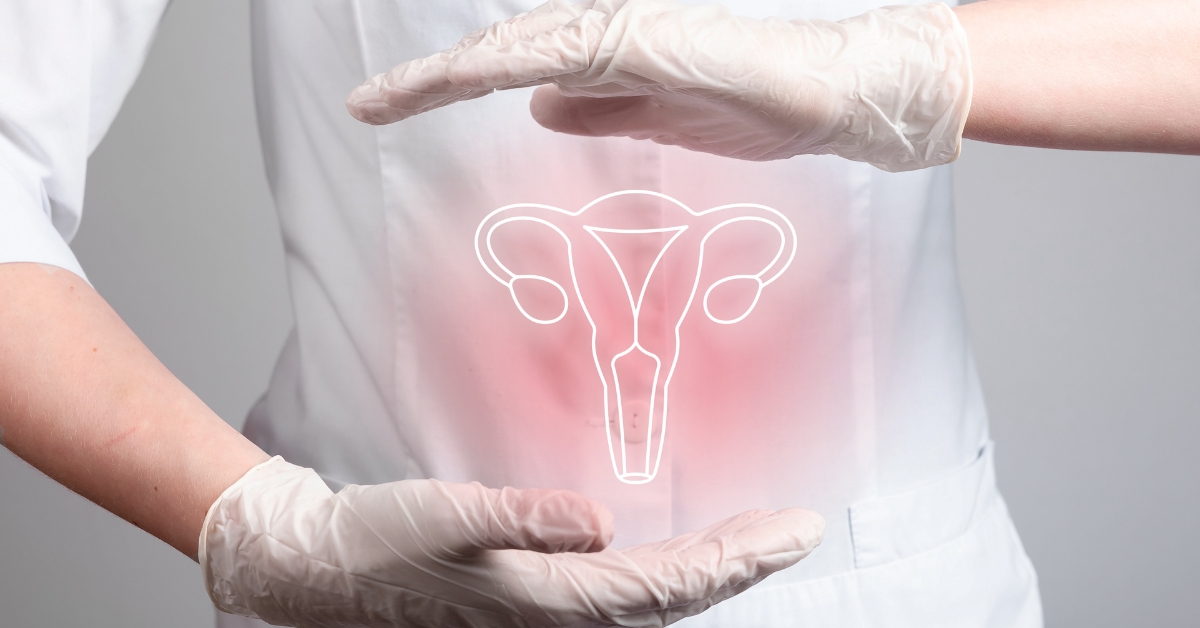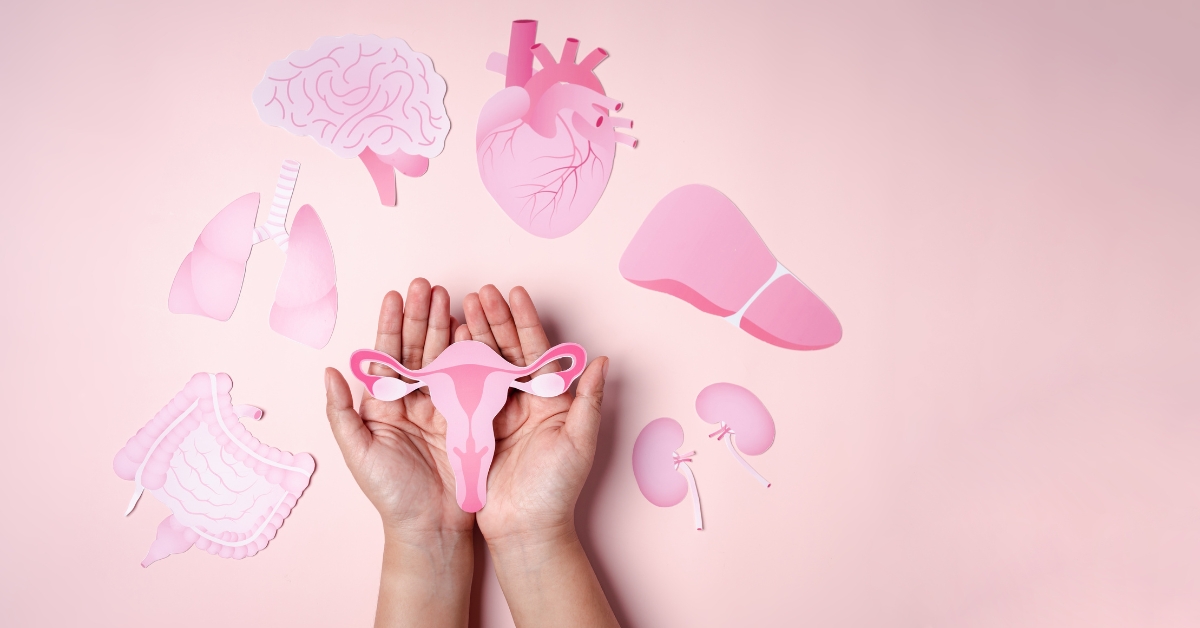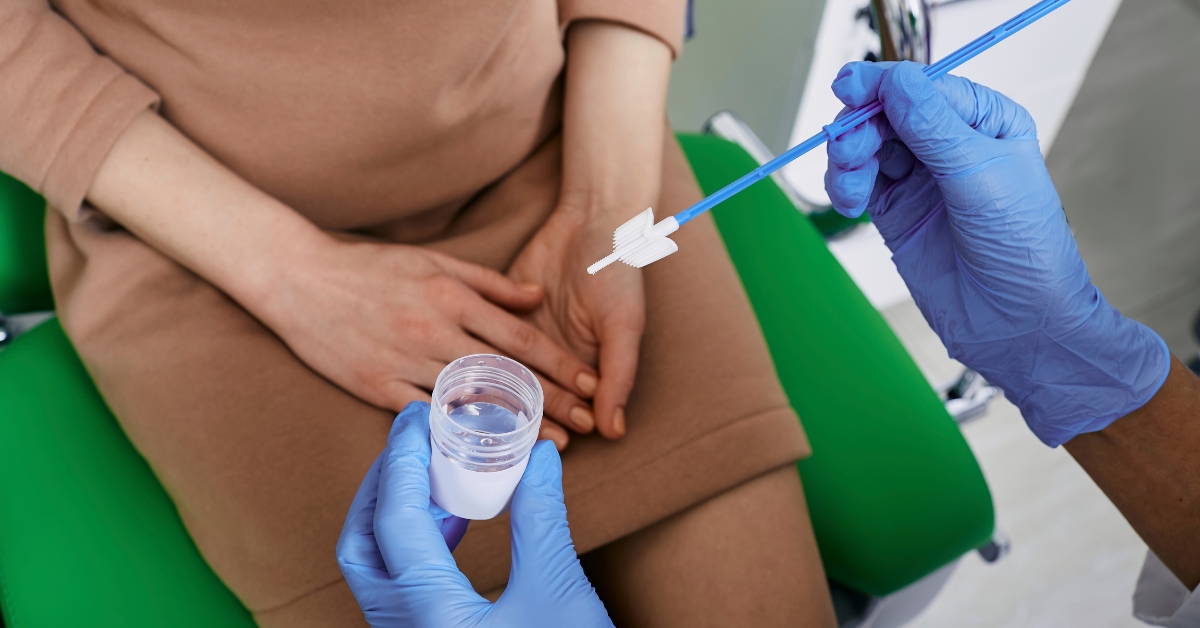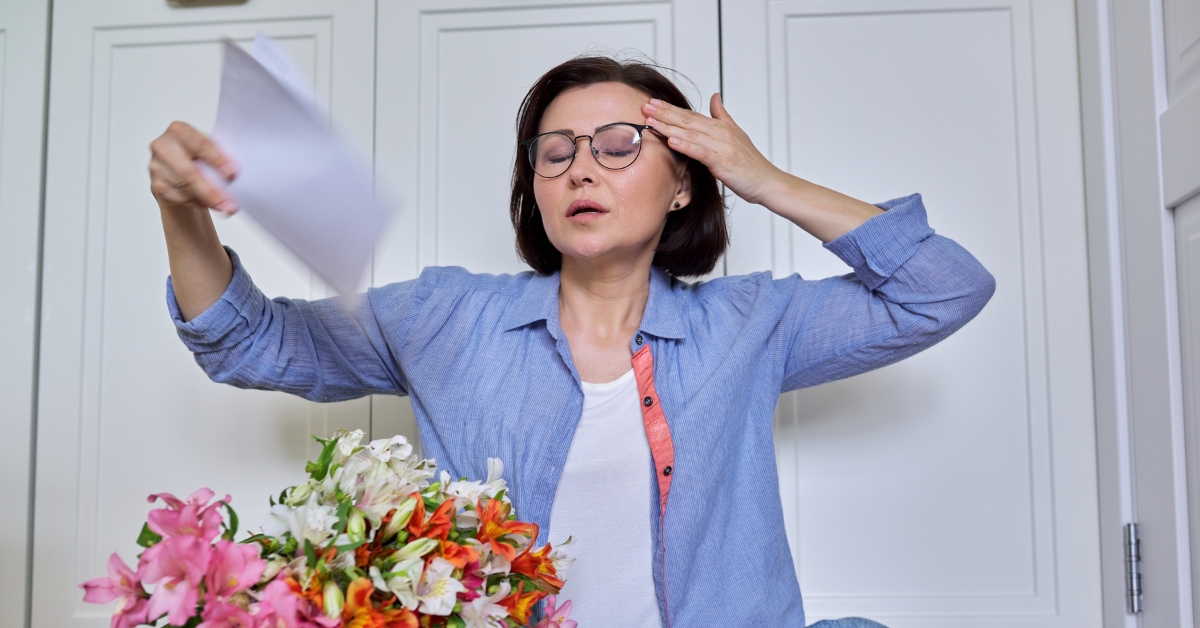Learn how to perform a self-breast examination to ensure early detection of breast abnormalities. Take control of your breast health with our comprehensive guide.
Introduction
Breast cancer is a serious health concern affecting millions of women worldwide.
Detecting breast abnormalities early is crucial for successful treatment. One way to empower yourself and take control of your breast health is by performing regular self-breast examinations.
Table of Contents
This comprehensive guide will walk you through the steps of conducting a self-breast examination and provide valuable tips to ensure accurate results.
Why Perform a Self-Breast Examination?
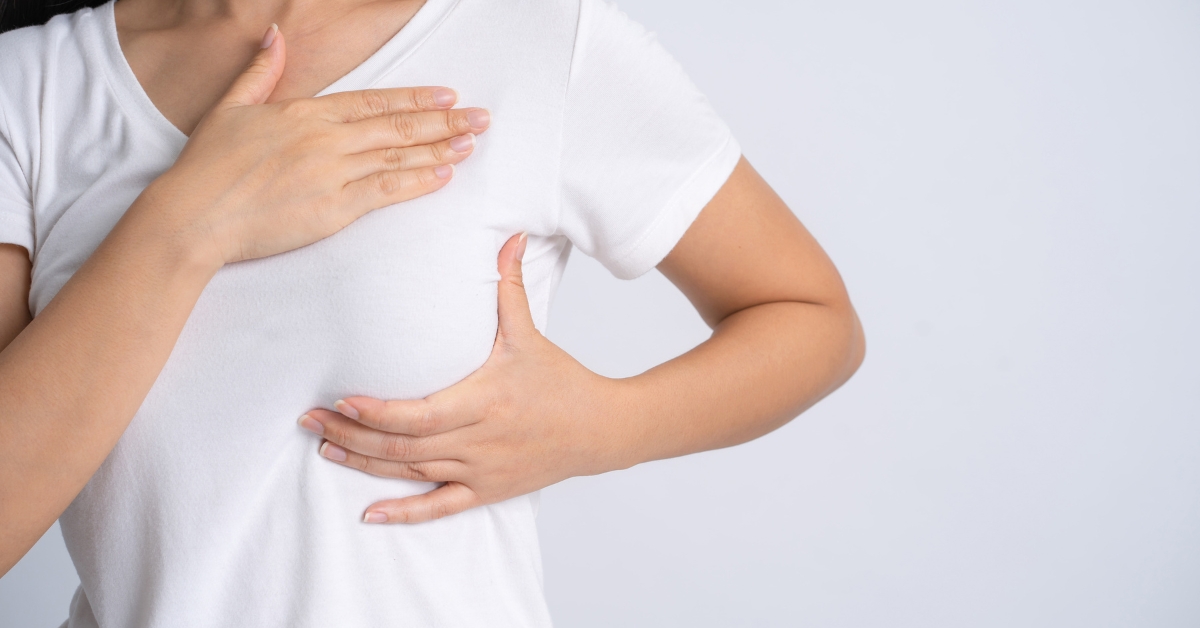
Performing a self-breast examination allows you to become familiar with your breasts’ normal look and feel.
By establishing a baseline, you can easily identify any changes or abnormalities that may arise.
Early detection of breast cancer greatly increases the chances of successful treatment and improves survival rates. Remember, no one knows your body better than you do.
When to Perform a Self-Breast Examination
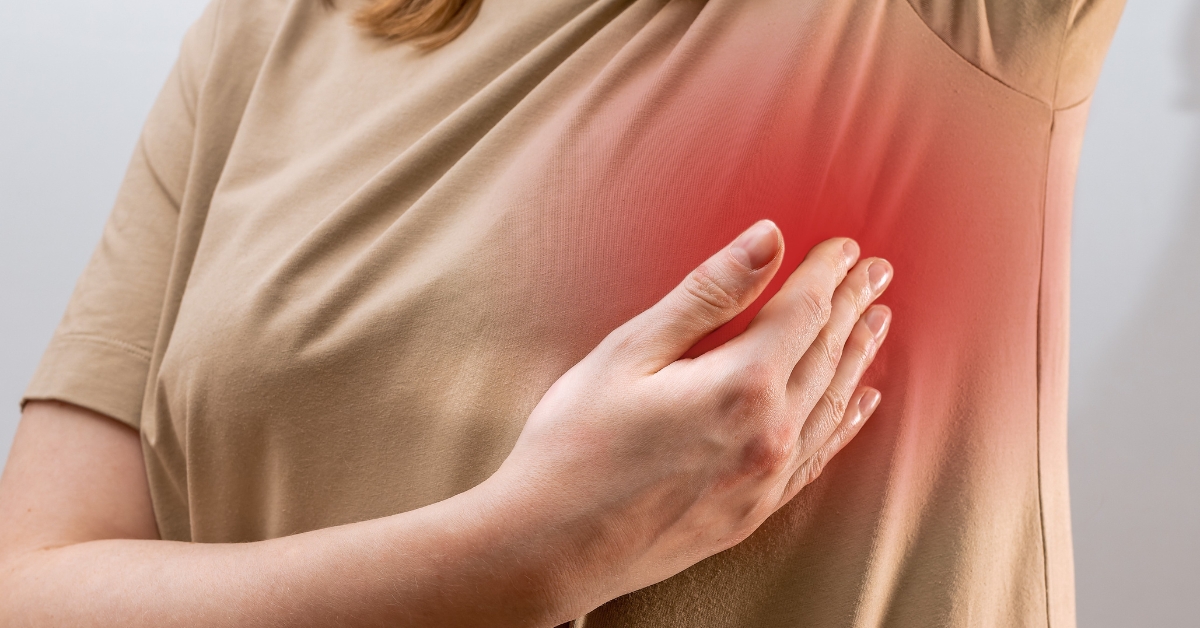
Performing a self-breast examination once a month, ideally, a few days after your period ends, is recommended. If you no longer have menstrual cycles, choose a specific day of the month that is easy to remember. Consistency is key to effectively monitoring changes in your breast tissue.
How to Perform a Self-Breast Examination

- Preparation – Start by finding a comfortable, well-lit space where you can perform the examination. Remember that a mirror, a towel, and a small pillow or cushion will come in handy during the process.
- Visual Examination – Stand before the mirror with your upper body exposed. Observe both breasts for any visible changes in size, shape, or skin texture. Pay close attention to any dimpling, puckering, or redness. Also, note any changes in the nipple, such as inversion or discharge. Repeat this observation with your arms raised above your head and then placed on your hips.
- Manual Examination – Lie on a comfortable surface, such as a bed or couch, and place a pillow or cushion under your right shoulder. Using the pads of your three middle fingers on your left hand, gently but firmly move around your right breast in a circular motion. Start from the outer edges and gradually work your way toward the nipple. Ensure you cover the entire breast and armpit area.
- Varying Pressure – During the manual examination, apply different pressure levels to feel various layers of tissue. Use light pressure to feel the tissue closest to the skin, medium pressure for the middle layers, and firm pressure to reach the tissue closest to the chest and ribs. Remember to be thorough but gentle, as excessive force may cause discomfort.
- Nipple Examination – To examine the nipple and areola, gently squeeze each nipple between your thumb and index finger. Look for any discharge or changes in color and texture. It is normal for the nipples to have slight variations, but if you notice anything unusual, consult a healthcare professional.
- Repeat on the Other Side – After completing the examination on your right breast, repeat the same steps on your left breast. Remember to follow the same circular motion, varying pressure, and nipple examination techniques.
- Standing Examination – Next, perform another visual examination of both breasts in front of the mirror. This step helps identify any changes that may only be noticeable when standing.
- Seek Medical Attention if Needed – If you detect any lumps, changes, or concerns during the self-breast examination, do not panic. Most breast changes are not cancerous, but it’s essential to consult a healthcare professional for further evaluation and guidance. They can conduct additional tests, such as mammograms or ultrasounds, to determine the cause of the changes.
Conclusion

Performing regular self-breast examinations is a proactive step toward maintaining breast health. Becoming familiar with your breasts and detecting any changes early on increases the likelihood of successful treatment if an abnormality is found. Remember, you are your best advocate when it comes to your health.
FAQs
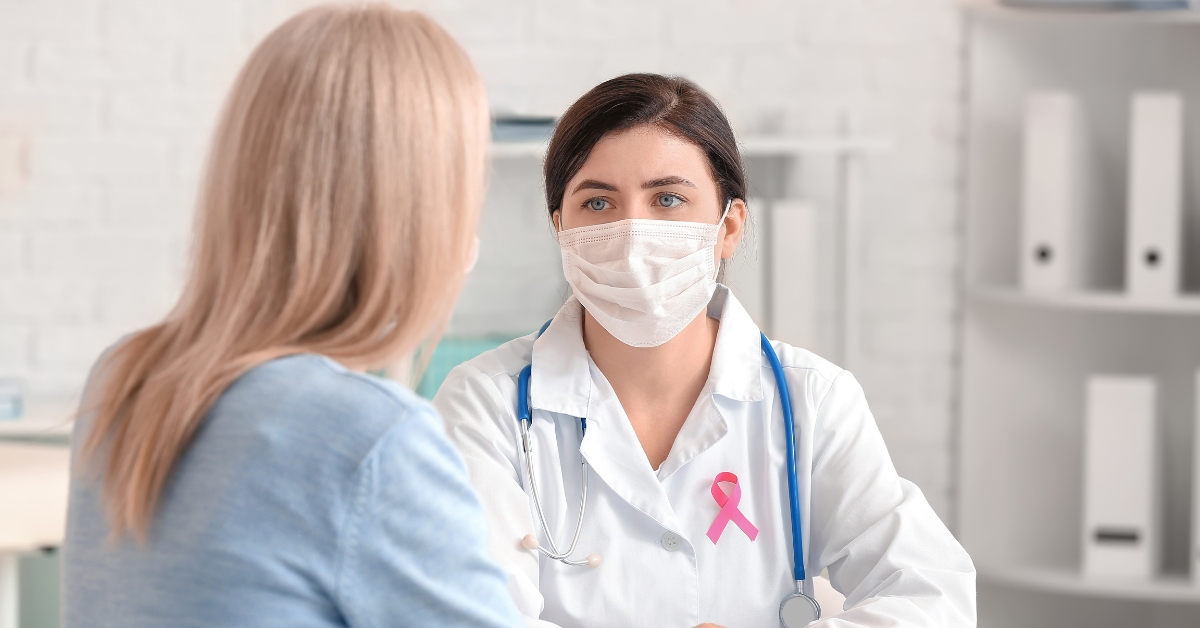
How often should I perform a self-breast examination?
Performing a self-breast examination once a month, ideally, a few days after your period ends, is recommended. If you no longer have menstrual cycles, choose a specific day of the month that is easy to remember.
What should I do if I find a lump during a self-breast examination?
Finding a lump during a self-breast examination does not necessarily mean you have breast cancer. However, consulting a healthcare professional for further evaluation and guidance is important. They can conduct additional tests to determine the cause of the lump.
Can self-breast examinations replace mammograms?
No, self-breast examinations cannot replace mammograms. Mammograms are essential for detecting breast cancer at its earliest stages. Self-breast examinations are a supplemental method to help you become familiar with your breasts and identify any changes.
Is breast pain normal?
Breast pain can be a normal part of the menstrual cycle for some women. However, if you experience persistent or unusual breast pain, it is advisable to consult a healthcare professional to rule out any underlying issues.
At what age should I start performing self-breast examinations?
You can start performing self-breast examinations in your early twenties. Developing the habit early on helps establish a baseline and makes it easier to identify any changes in the future.
